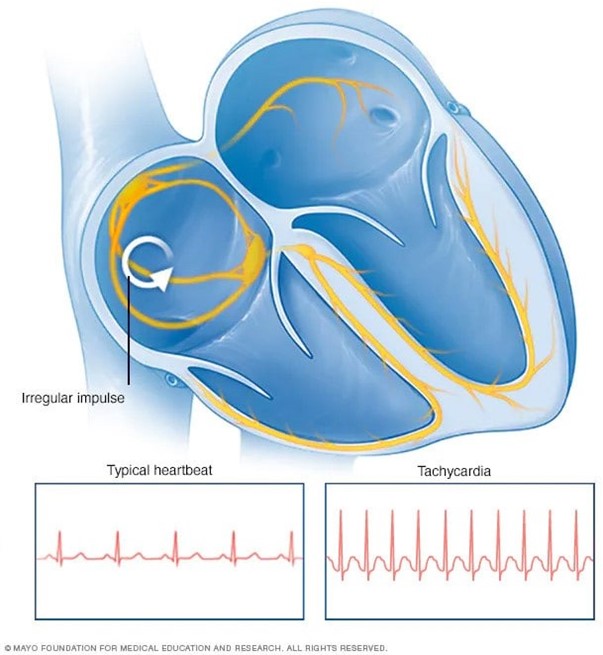A nurse is collecting data from a client who has diabetes mellitus.
The client is confused, flushed, and has an acetone odor on their breath.
The nurse should anticipate a prescription for which of the following types of insulin to treat the client.
Regular insulin.
NPH insulin.
Lispro insulin.
Glargine insulin.
The Correct Answer is A
The client’s symptoms of confusion, flushed appearance, and acetone odor on their breath suggest that they may be experiencing diabetic ketoacidosis (DKA), a serious complication of diabetes that occurs when the body produces high levels of ketones.
Treatment for DKA typically involves administering intravenous fluids and insulin to lower blood sugar levels and suppress ketone production 1.
Regular insulin is a fast-acting insulin that can be given intravenously to quickly lower blood sugar levels 1.
Choice B is incorrect because NPH insulin is an intermediate-acting insulin that takes longer to start working and would not be appropriate for treating DKA.
Choice C is incorrect because lispro insulin is a rapid-acting insulin but it is not typically given intravenously.
Choice D is incorrect because glargine insulin is a long-acting insulin that takes several hours to start working and would not be appropriate for treating DKA.
Nursing Test Bank
Naxlex Comprehensive Predictor Exams
Related Questions
Correct Answer is C
Explanation
Taking too much levothyroxine can cause side effects such as an elevated pulse1.

Choice A is not the answer because a decreased temperature is not a side effect of taking too much levothyroxine.
Choice B is not the answer because hypotension is not a side effect of taking too much levothyroxine.
Choice D is not the answer because constipation is not a side effect of taking too much levothyroxine.
Correct Answer is A
Explanation
Insulin lispro is a fast-acting insulin that starts to work about 15 minutes after injection, peaks in about 1 hour, and keeps working for 2 to 4 hours1.
Therefore, it should be injected 15 minutes before a meal2.
Choice B is incorrect because polyuria (frequent urination) is a symptom of high blood sugar levels, not a direct result of insulin lispro injection.
Choice C is incorrect because checking the expiration date should be done before administering any medication, not after.
Choice D is incorrect because insulin lispro should be administered using a clean syringe and proper hygiene practices should be followed to prevent infection.
Whether you are a student looking to ace your exams or a practicing nurse seeking to enhance your expertise , our nursing education contents will empower you with the confidence and competence to make a difference in the lives of patients and become a respected leader in the healthcare field.
Visit Naxlex, invest in your future and unlock endless possibilities with our unparalleled nursing education contents today
Report Wrong Answer on the Current Question
Do you disagree with the answer? If yes, what is your expected answer? Explain.
Kindly be descriptive with the issue you are facing.
